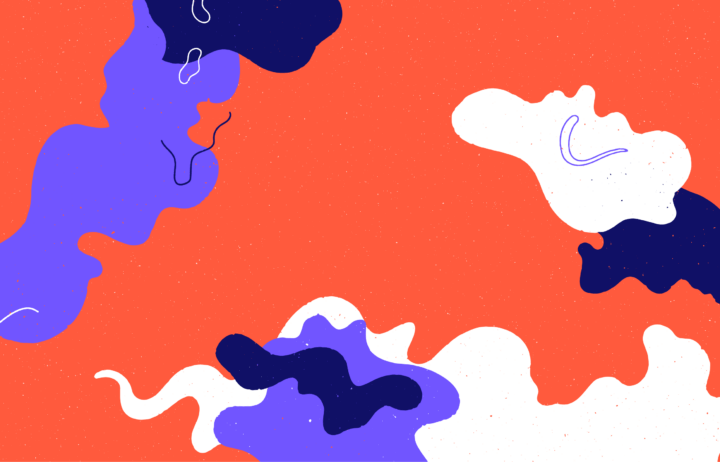The person writing this is nonbinary; I primarily use they/them pronouns, and I don’t feel I have a particular relationship to my gender other than it just is. Some people’s relationship to gender is ever-changing; for others, their relationship to gender is clear and stable.
Gender has long been described as a spectrum of identity between two binary poles: man and woman. The internal experience of being a man, a woman, a nonbinary person, or otherwise is different for everyone. The binary fails to capture the sometimes impalpable ways in which it feels to be in the world and to have a positive, healthy relationship with your body. In effort to find the best ways to describe all of these feelings and experiences, the definitions of gender remain evolving, because gender is simply complex.
While there are no universally accepted definitions of gender, there are some commonly understood terms we can use as a starting point. A cisgender person’s gender identity aligns with the sex they were assigned at birth; a transgender person’s gender identity is different from the sex they were assigned at birth; a nonbinary person experiences gender outside of a binary of man/woman.
For some, the distinctions between trans and nonbinary people are clearly written — because nonbinary people may or may not choose to seek gender affirming care, change their names, or pursue other forms of transition. In these terms, nonbinary people could be considered distinct from trans people, as trans folks who may or may not decide to pursue any or all of the above forms of transition have different lived experiences and challenges. The person writing this is nonbinary, but I don’t consider myself trans, and that is just how it is for me.
Others consider the trans experience to be nonbinary, because the process of becoming a different gender, even if that gender is man or woman, is to live outside of the binary — by definition, nonbinary. The line between trans and nonbinary becomes even blurrier when we remember that indigenous cultures across the world — like the Native American concept of Two-Spirit Gender — have had thriving communities of trans and nonbinary people, and it isn’t necessarily important which “category” they belong to. And like cisgender people, trans and nonbinary people are not a monolith, so any number of expressions and variations of masculine and feminine ways of being just exist. I know nonbinary people who are trans; trans people who are nonbinary; nonbinary people who are not trans. This is just all up to the unique ways in which people become and express themselves.
The truth is, there is no right or wrong way to express your gender. Transitioning looks different for different people; some people physically and/or medically transition; others do not. This may be related to personal expression, lack of access to gender-affirming healthcare, medical conditions that prevent certain procedures, or other reasons. Transitioning is more complicated than just a surgery, and can take place over a number of years, involving social, medical, and/or legal aspects of transition. Some people decide not to transition at all. This may be for lack of supportive community, risk to personal safety, or other personal reasons.
Again, there is no “right” way to express your gender identity or to live your truth. In a more accepting world, everyone would be afforded the chance to navigate and explore their own gender identity without the pressure of binaries, legislation, or shoulds and shouldn’ts. The debate around who is in and who is out becomes less important than who can or can’t express themselves freely.
Sue Cardenas-Soto is a Copywriter at The Trevor Project, the leading suicide prevention and mental health organization for lesbian, gay, bisexual, transgender, queer & questioning (LGBTQ) young people. If you or someone you know is feeling hopeless or suicidal, our trained crisis counselors are available 24/7 at 1-866-488-7386 via chat www.TheTrevorProject.org/Get-Help, or by texting START to 678-678.


